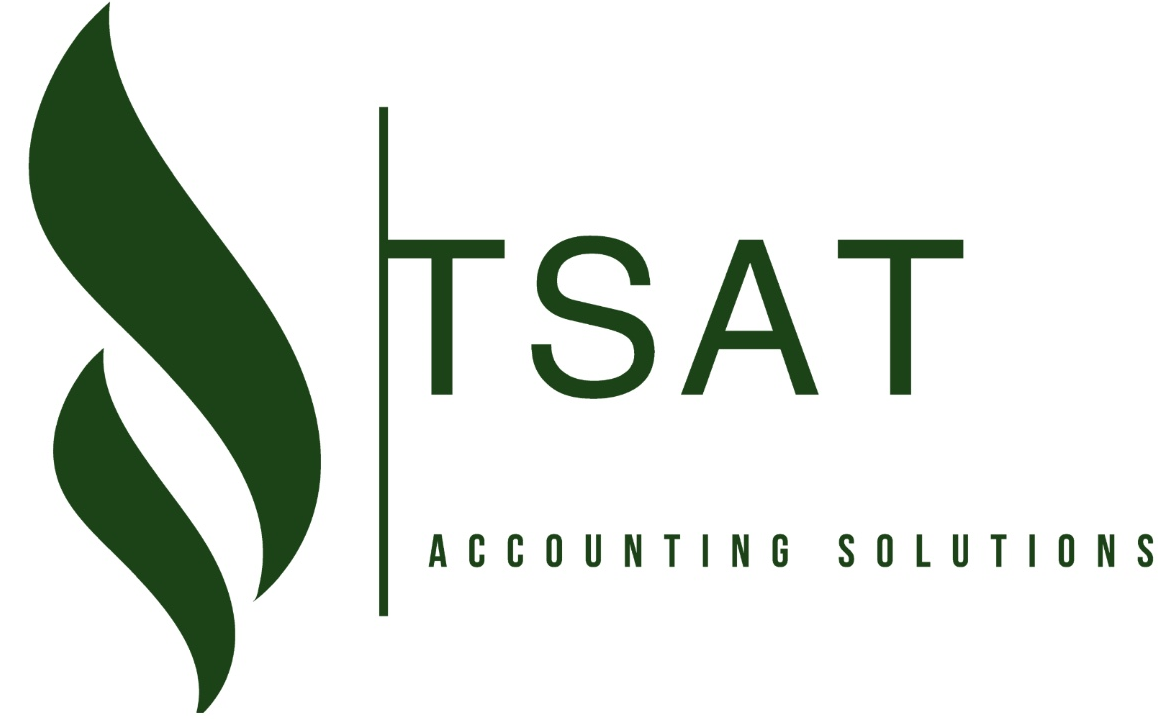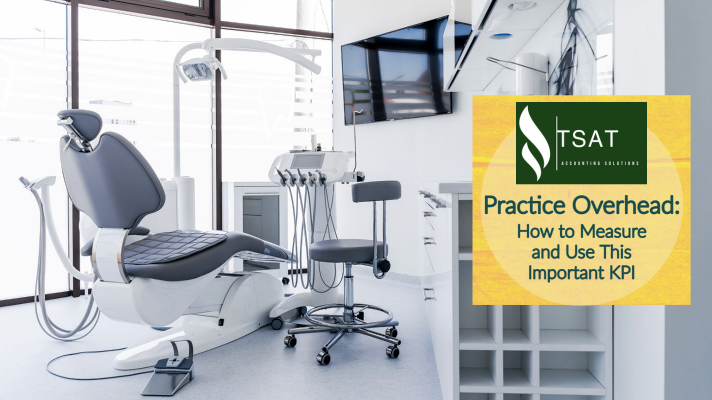Why Measure Overhead?
One of the most important KPIs for small medical practices, home health agencies, and dentists are their overhead costs. This is because overhead can be the silent and slow killer of any business. Whether you’re a general practice dentist or specialize in orthodontics, overheads are a big part of the cost of owning and operating a practice. This is why it’s crucial for you to monitor your overheads to improve your bottom line. These fixed expenses typically cannot be reversed or reduced, which puts significant pressure on the practice if there are decreases in revenue.
Managing overhead is critical to the profitability of a dental practice. All costs that are not directly related to the dentist’s income are overheads. The expenses include rent, mortgage, supplies, equipment, utilities, and employee compensation. Moreover, a healthy overhead KPI measurement can lead to predictable monthly profit estimates. A balanced overhead cost can boost your bottom line by increasing productivity. It also helps you plan your financial future.
So, what should the overhead expenses look like?
While overhead costs are fixed expenses, they can’t typically be cut down. Because they can’t be reduced, they put pressure on the practice and decrease its income. Ideally, a dental practice overhead should be at 59% for general practices, 49% for orthodontics, 49% for pediatric dentistry, 50% for oral and maxillofacial surgery, 51% for periodontics, 64% for prosthodontics, and 42% for endodontics (proprietary data from the Levin Group Data Center).
Other Important KPIs to factor and flow with with overhead:
- New Patients: Another important KPI for dentists is the number of new patients. This metric is more than the sum of all patient visits. It’s important to know how many new patients you have compared to your current patient base. Knowing this number will help you determine the target percentage for each specialty. For example, if you’re a dentist, your target is to bring in 75% of your patients. On the other hand, if you’re a hygiene department, your goal might be to bring in 25% of your patients.
- Appointment Cancellations: Another important KPI for dentists is broken appointments. Breakdowns in patient appointments are costly, and they will hurt your bottom line. A high number of new patients can lead to less profitability. A dentist should aim for a higher number of no-shows and cancellations than their average patient volume. In addition, a healthy practice is one that does not have many broken appointments. This means that your overheads are too high.
- Patient Attrition: When looking for patient attrition KPI for dentists, you should consider the number of lost patients every year. While it may seem like a small number, it can be an important indicator of the quality of your practice. For instance, it helps you understand the value of your patients. Knowing your average patient attrition rate allows you to monitor the success of your scheduling strategies. You’ll also know if your schedule is effective.
The above KPIs are important to measure because they have a direct influence on overhead costs. It is critical for dentists to understand the various categories of overhead, how to track them, and when to make adjustments. Keeping track of overhead costs is crucial for dentists. In some industries, these managing expenses are the only way to stay profitable. First, make a list of all of your expenses.
Recording the numbers is only the first step in making headway. KPIs must not only be recorded but also analyzed each week. A quick review should take two to five minutes. Over time, consistent evaluation of KPIs makes it possible for the doctor to rapidly identify performance gaps and make corrections to marketing, expenses, systems, scripts, and other policies as needed. The next step is to create goals, share them with the team, and monitor progress toward meeting them. Overhead costs are one of the most significant factors for any practice. It is essential for dentists to track their overheads to ensure they stay profitable.
Ready to start tracking your KPIs?
To start, make a breakdown of your overhead costs into categories. Next, give TSAT a Call!
Overall, KPI’s help dentists and practitioners track their expenses and improve the efficiency of their revenue cycle. They can also help to identify any issues that may arise and provide guidance for future action. There are many reasons why KPI’s are so important for medical practices. TSAT understands your industry and can provide the most meaningful KPI’s for your office or practice!
At TSAT, we know that a great businesses need to operate at high levels of service, accuracy, reliability, and throughput. We also know that the only way to ensure these things are achieved is to develop a comprehensive set of accounting and finance policies and procedures and to regularly train all personnel involved in the management and control of the company’s software. Only by taking steps toward accounting, quality assurance, and finances can a small business accounting department expand its business and improve its profit margins. It takes a little work to make sure that every aspect of small business accounting is running at full capacity, and we are here to help!
Here at TSAT, we are not simply tax preparers. We work with you to provide a 360-degree strategic financial advice, including small business operations and investment guidance. We will help you stay ahead of the curve when it small business or personal investments!
If you are a gig worker or small business owner looking to grow your business, TSAT’s AMAZING team considers much more than just your taxes!
TSAT’s Services will let you focus on your business’s core competencies! Whether you have a small business or you need help personally, TSAT can give you HOPE! Call us today!
Phone: (417) 208-2858
- Website: TSAT Accounting Solutions
- Facebook: TSAT Facebook
- Calendly : Quickly schedule a 15 minute call!
- Alignable: Connect with Us on Alignable!
“We want to Amaze our Clients not just serve them”. – Tabitha Smith


